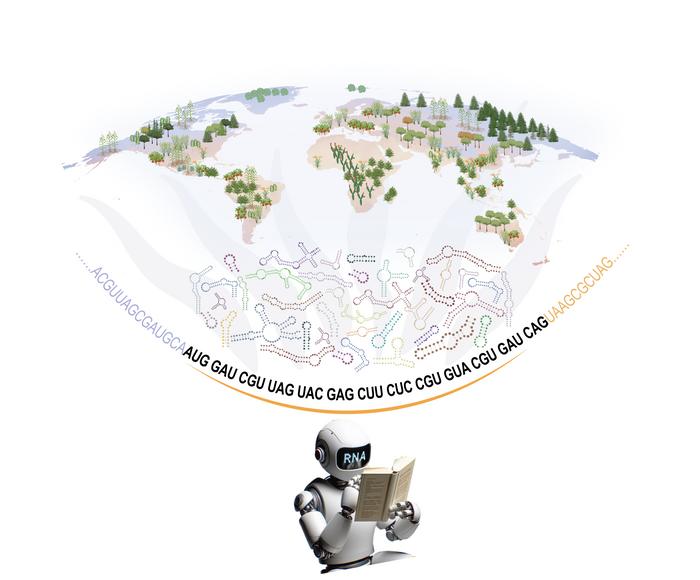The Independent's journalism is supported by our readers. When you purchase through links on our site, we may earn commission.
This new AI model can speak plant
A first-of-its-kind artificial intelligence model has been trained using more than 1,100 species of plants around the world
Your support helps us to tell the story
From reproductive rights to climate change to Big Tech, The Independent is on the ground when the story is developing. Whether it's investigating the financials of Elon Musk's pro-Trump PAC or producing our latest documentary, 'The A Word', which shines a light on the American women fighting for reproductive rights, we know how important it is to parse out the facts from the messaging.
At such a critical moment in US history, we need reporters on the ground. Your donation allows us to keep sending journalists to speak to both sides of the story.
The Independent is trusted by Americans across the entire political spectrum. And unlike many other quality news outlets, we choose not to lock Americans out of our reporting and analysis with paywalls. We believe quality journalism should be available to everyone, paid for by those who can afford it.
Your support makes all the difference.A new artificial intelligence-powered model is able to understand the genetic “language” of plants, according to researchers.
Known as Plant RNA-FM, and believed to be the first of its kind, the model was trained using plant ribonucleic acid data, also known as RNA.
RNA is a large molecule that is present in the majority of living organisms and viruses and has similarities to DNA. Within plants, cells communicate with each other using RNA to coordinate growth, determining how and where they will.
The model utilized a data set of 54 billion pieces of RNA that make up a “genetic alphabet” across 1,124 species of plants around the world. With that, its trainers say it has learned to understand the grammar and logic of RNA: similar to how company OpenAI’s chatbot ChatGPT can respond to human language.
“While RNA sequences may appear random to the human eye, our AI model has learned to decode the hidden patterns within them,” Dr. Haopeng Yu, a postdoctoral researcher at England’s John Innes Centre, said in a statement.

Yu was a co-author of the research published by the center and computer scientists at the University of Exeter on Monday in the journal Nature Machine Intelligence. Scientists from China’s Northeast Normal University and the Chinese Academy of Sciences also contributed to the work.
The researchers have used their model to make predictions about RNA functions, as well as to identify specific patterns of RNA structure — a “key language” in RNA molecules where RNAs can fold into complex structures that regulate functions like plant stress and growth — across the transcriptome of the cell: or all molecules that are expressed by an organism.
The John Innes Centre said the predictions had been validated by experiments, confirming that RNA structures identified by the model have the ability to influence the efficiency of the translation of genetic information into protein. Translation is the process in living cells in which proteins are produced using RNA models. Proteins play a crucial role in nearly all cellular processes, catalyzing chemical reactions.

With these findings, the authors say the model can help to drive innovation in plant science and possibly across research into invertebrates and bacteria. They hope to develop more advanced approaches to understanding the languages of RNA and DNA: our genetic code.
“This breakthrough opens new possibilities for understanding and potentially programming plants which could have profound implications for crop improvement and the next generation of AI-based gene design,” said Professor Yiliang Ding, who leads the center’s group. “AI is increasingly instrumental in helping plant scientists tackle challenges, from feeding a global population to developing crops that can thrive in a changing climate.”

Join our commenting forum
Join thought-provoking conversations, follow other Independent readers and see their replies
Comments